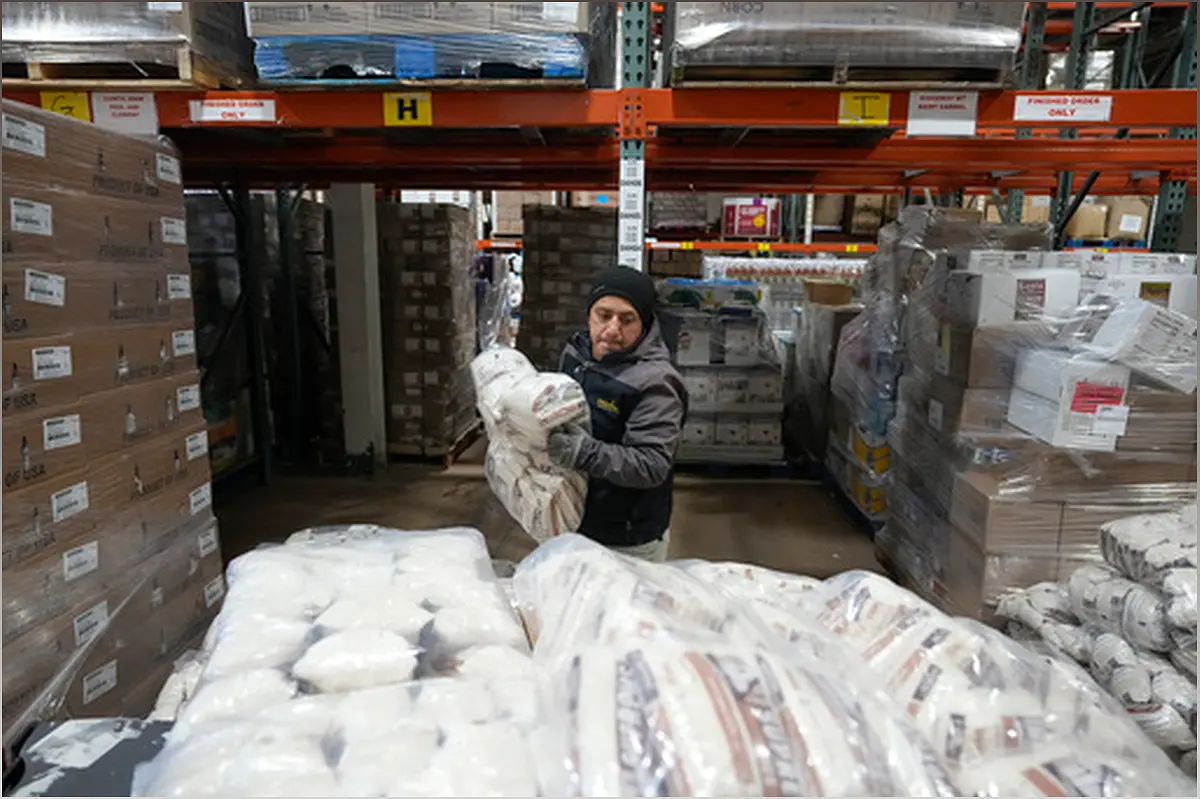Reducing Food Waste: A Growing Movement to Fight Hunger and Save the Environment
When it comes to the issue of food waste, states like New York are leading the charge in finding innovative solutions. With a growing concern about the environmental impact of food waste and the increasing number of people experiencing food insecurity, initiatives are being implemented to reduce waste, feed hungry families, and combat climate change. In this article, we will explore the alarming statistics surrounding food waste, the efforts being made to address the issue, and the positive impact these initiatives are having on both individuals and the planet.
The Alarming Statistics of Food Waste
Explore the shocking statistics surrounding food waste and its impact on the environment and global greenhouse gas emissions.
Food waste is a pressing issue that demands attention. In the United States alone, approximately 40% of food goes to waste, amounting to a staggering $218 billion wasted each year.

Not only does this wastage contribute to the depletion of landfill space, but it also releases harmful greenhouse gases, such as methane, into the atmosphere. In fact, food waste is responsible for about 8% to 10% of global greenhouse gas emissions.
These statistics highlight the urgent need for action to reduce food waste and its detrimental effects on the environment.
State-Led Initiatives to Combat Food Waste
Discover how states like New York are implementing initiatives to reduce, recycle, and donate food waste, making a significant impact on hunger relief and environmental sustainability.
Recognizing the severity of the food waste problem, several states have taken the lead in implementing initiatives to combat this issue. One such state is New York, which has introduced a program requiring larger businesses to donate edible food and recycle food scraps.
Additionally, other states like California, Vermont, and Connecticut have launched programs to convert food waste into compost or energy, while Maryland offers tax credits to farmers who donate excess food.
These state-led initiatives not only reduce food waste but also provide much-needed support to food banks and organizations that help feed hungry families.
The Impact of Food Waste Reduction Goals
Learn about the goals set by the U.S. Department of Agriculture and Environmental Protection Agency to reduce food waste by 50% by 2030 and the challenges in achieving this target.
In 2015, the U.S. Department of Agriculture and Environmental Protection Agency announced an ambitious goal of reducing food waste by 50% by the year 2030. While this goal has spurred state-led initiatives and nonprofit efforts, challenges remain in achieving this target.
One of the key challenges is the lack of a comprehensive roadmap to guide the efforts of various stakeholders. Additionally, there is a need for a more coordinated national effort to address food waste and ensure its reduction across all sectors.
Despite these challenges, the commitment to reducing food waste is growing, and the impact of these efforts is already being felt in terms of reduced waste, increased food donations, and a more sustainable approach to food production and consumption.
The Role of Individuals in Fighting Food Waste
Discover how individuals can contribute to reducing food waste through mindful consumption, proper storage, and supporting local initiatives.
While state-led initiatives play a crucial role in addressing food waste, individuals also have the power to make a difference. By practicing mindful consumption, avoiding over-purchasing, and properly storing food, individuals can significantly reduce waste in their own households.
Supporting local initiatives such as community gardens, food recovery programs, and composting efforts can also contribute to the overall reduction of food waste.
Together, these individual actions can create a collective impact and help build a more sustainable food system.
